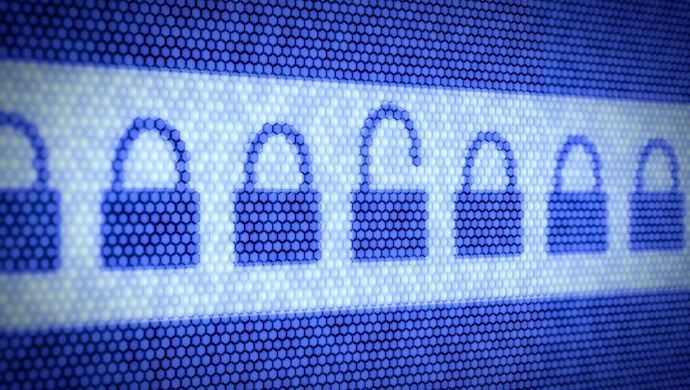Malicious hackers will spare no one in their quest to steal data and earn monetary reward for their activities. Here are some basic ways to protect your data and infrastructure from such attacks

The moment your website goes live, it is like inviting hackers to your office with your safe open. Most of the visitors who come to your office on an occasional purpose will never even know that all of your information is just lying there and all they have to do is just walk in. On very rare cases you will find people with malicious intention who will come in and steal your precious data. That is why you should secure your office and data by locking them.
Just like your physical office, your digital assets are also the same. But in this case, you will not see anyone barge in unless you have complete security systems in place. Digital thieves are everywhere — unseen and quick. They search for weak security systems that can not fight against such hackers. Usually, electronic thieves target and hack websites for financial or sensitive information on customers and clients. Some lock your data in exchange for ransom.
Also read: As 2017 walks in, get yourself ready to face these cyber security threats
You may think that your business can not be targeted because you don’t have anything to lose or yours is a too small business to target. But that is not true. Hackers never target businesses based on their size. Instead of the only look for information and how much valuable it is. Hackers mainly target business and individual websites from which they can get maximum information. For instance, as per the hack post news, Pakistani and Iraqi hackers usually hack the website of known individuals, businesses, and/or government websites.
However, by taking some precautions, you can protect your business and information against such attacks.
1. Deploy the right and best technologies
First of all, you need to make sure that your infrastructure has a firewall that is strong enough to protect your network. You also need to ensure that your system is secured with good passwords. The use of two-factor authentication will help improve your security, especially if you have employees who might slip up in phishing attacks.
You can also deploy anti malware that scan for hacks or viruses based on heuristics or known activities. Some software also make use of sandboxes to keep malicious code in check.
You will also need to ensure your platforms and applications are up-to-date. This will mean that your system will have the latest security patches in place.
2. Encrypt your data
Whether it is bank routing numbers, social security numbers, or even credit/debit card credentials, encrypt all sensitive information so that hackers won’t be able to steal data — which is particularly worse if it is customer data. It is a basic assumption that you will be encrypting network traffic through protocols like SSL/TLS. Secure HTTP means your customers are assured that any information that goes from their end to yours cannot be accessed by anyone else en route.
Also read: Building a mobile app? Here’s how to address security threats
3. Never store more than what you need
Of course, you can store your customers’ or clients’ data and there is nothing with it. But saving your customers sensitive data such as credit card or debit card numbers when you don’t need it is like handing your company’s valuable information to hackers on a platter. Make it a security policy to evict customer records from your database once the data is no longer needed for your business.
4. Train employees to thwart threats
Generally, breaches happen because employees unintentionally or unknowingly visit malicious websites or open files that will execute viruses or trojans. That is why it is important to teach and train your employees how to stay away from such attacks. Impart in them best practices, such as the use of robust passwords, and use of secure networks especially when working from a remote place. Teaching your employees on how to avoid such security breaches can help mitigate the risks of phishing, spoofing, or other such attacks.
Do you any other security practices mind? Has your website been attacked? What did you do? Please let us know how your experience was and how dealt with us by commenting in the section below so that it could help your fellow business owners, too.
—-
Want to be part of the ecosystem?
Register for your Echelon Asia Summit access pass now! Enjoy +10% off Echelon Asia Summit Startup, Investor and Corporate passes just for being our favourite e27 reader.
The views expressed here are of the author’s, and e27 may not necessarily subscribe to them. e27 invites members from Asia’s tech industry and startup community to share their honest opinions and expert knowledge with our readers. If you are interested in sharing your point of view, submit your post here.
Featured Image Copyright: Copyright: deniskot / 123RF Stock Photo
The post 4 ways to secure your digital assets from malicious hacks and attacks appeared first on e27.